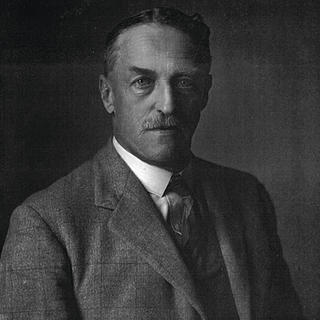Lenggong Valley, a WHS since 2012
- miklweb
- Dec 23, 2019
- 3 min read
Lenggong Valley is a UNESCO World Heritage Site (WHS). It contains priceless archaeological heritage from 200,000 years ago, signified by findings from open-air sites and caves. The discovery of stone tools workshop in Kota Tampan and Bukit Jawa, as well as the Toba ash dated to 74,000 thousand years ago, are evidence of human adaptation to his environment in Peninsular Malaysia.

The archaeological site of Kota Tampan during excavation in 1987.
The Perak Man, another significant discovery in 1991, dated to 11,000 thousand years ago, is the oldest most complete human skeleton in the region. These evidences are important clues to the prehistoric period of the region and have contributed significantly to the understanding of world prehistory.

Perak Man was brought back to Lenggong Archaeological Gallery in 2014, after a few years on display at Muzium Negara in Kuala Lumpur.
Well-designed public facilities and impressive interpretive content would gain greater appreciation among visitors towards the site’s outstanding universal values. This in fact prompted Pertubuhan Akitek Malaysia and Jabatan Warisan Malaysia to organize an architecture idea competition for a visitor center in Lenggong Valley in 2013, though none of the winning ideas were implemented.

Winning entry for the 2013 Architecture Idea Competition for Lenggong Valley's Visitor Centre by Citylab Design Studio/Arkitek Kamal Alwi. Further details at https://mxmcollective.wordpress.com/portfolio/lenggong-valley-visitor-centre-unesco-world-heritage-site/
Visit Malaysia 2020 should draw much international interest to Lenggong Valley being one of the WHS in our country. However, the neglect of archaeological sites within the valley, as reported in The Star’s front-page article, The Lost World on 21 December 2019 is much regretted. It is extremely hard to envisage the appreciation of the locals and visitors without the provision of properly maintained facilities.
Broken roofs, overgrown vegetation and run-down infrastructure impress upon us that its management lacks adequate funding needed to upkeep and sustain the World Heritage Site in a consistent manner. However, if adequate funding is indeed provided for, the situation then most likely stems from poor management and weak coordination of its long-term plans. It’s been seven years since Lenggong Valley’s listing. Frameworks for implementation have been spelt out in its Conservation Management Plan and other documents, all according to UNESCO standards and guidelines. All those paperwork done should and can be made real on ground. What would it take to accomplish this? Take the Toba Ash site at Bukit Sapi as an example – only a small portion is preserved, and a school has been built right next to it. We have to stand back, look at the problem and see the logic of it all.

Trenches left unmanaged at Bukit Bunuh's archaeological site.
The reality is that the archaeological sites are deteriorating, and so an immediate proactive action must be taken to rectify all problems, including the issue of jurisdiction and governance of the heritage sites in the valley.
i. We urge relevant parties from both the Federal and State Governments to provide equal priority to funding as it affects maintenance, infrastructure, promotion and research as a whole. While that is being addressed, an interim management plan within the means of the present available funds could be conceived.
ii. The best authority to champion Lenggong Valley is the State of Perak, not only because it is part of the State’s identity, more so because land issues (private and public) are under the State’s control. Ownership and stake-holding must be with the locals and State government, working under the Federal Law which is the National Heritage Act (2005). Priority must be given towards land that has archaeological relics and values.
iii. The local community in Lenggong and adjacent areas must be empowered to play active roles in the conservation and preservation process. They are the ones who are directly affected by the development or non-development within the World Heritage Site of Lenggong Valley. Local support and cooperation are crucial to ensure Lenggong Valley remains relevant in the future.
iv. What does it mean to have the 11,000 year old Perak Man in Lenggong? Sharing of knowledge has to be amplified, beginning with establishing the meaning of it to an average Malaysian. Promotional activities/strategies must be pushed further with a concentrated effort to nourish a sense of of belonging towards Lenggong’s priceless archaeological heritage among Malaysians.

Lithic assemblage at Bukit Bunuh, Lenggong
The above suggestions are small yet impactful steps towards keeping Lenggong Valley on the WHS List. As mentioned, Lenggong Valley is significant to understanding world prehistory – of human settlements and evolution. All parties involved must step up and take the lead to preserve its significance; otherwise the damage or loss is no one else’s but ours.
ICOMOS Malaysia Executive Board 2018-2020




























Comments